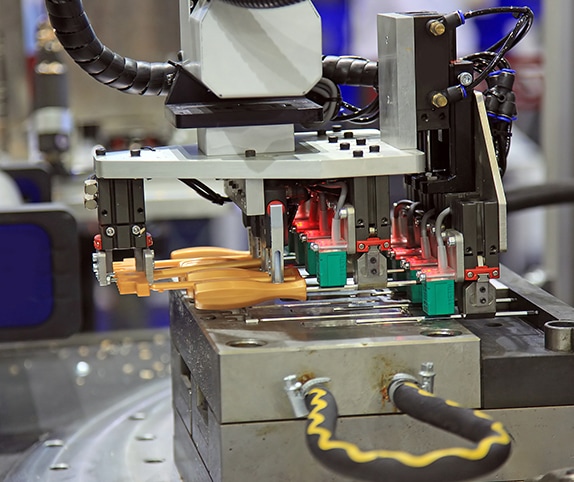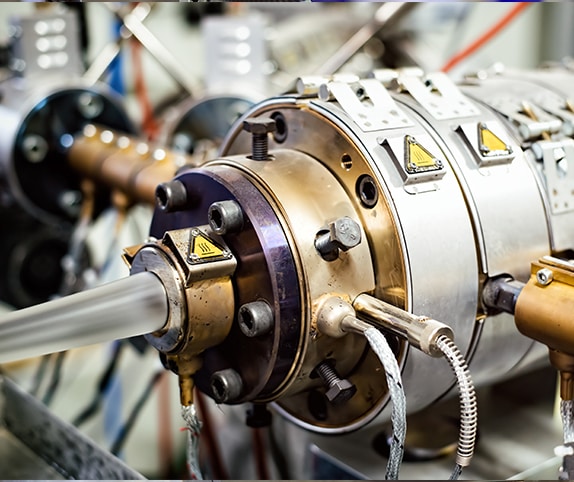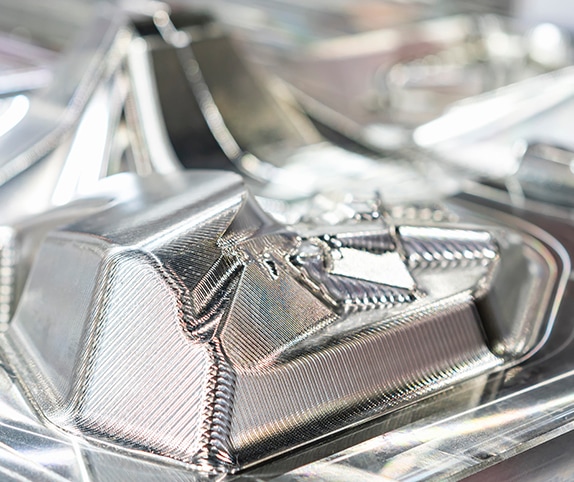The term plastic fabrication is used to describe the process of creating products from plastic materials or composites that contain plastics. Plastic fabrication involves everything from product design to manufacturing and assembly. There are many types of plastic materials, each offering its own unique performance capabilities. These types can be categorized into two groups: thermoplastics and thermosets. Both types are highly malleable and cost-effective to work with, which has led to their widespread usage.
In comparison to working with other materials, plastic offers faster production speeds and is easy to form into a variety of shapes. It also produces lighter-weight components that are more cost-effective to produce and ship. At Dar-Kar, we offer an extensive range of plastic fabrication services, creating parts in virtually any desired size, shape, material, or finish. This page will help you understand the different types of plastics and fabrication techniques, as well as factors to consider when selecting the most suitable material for your project.




